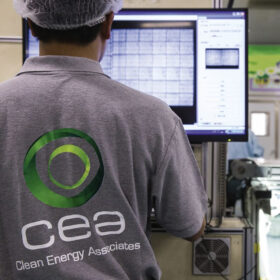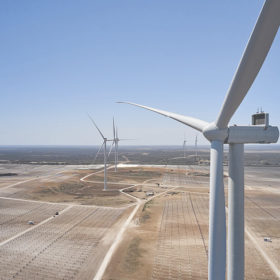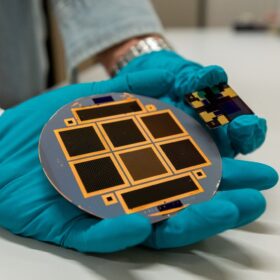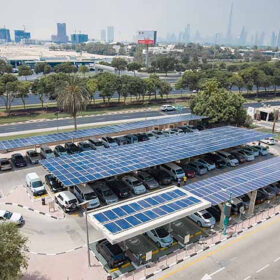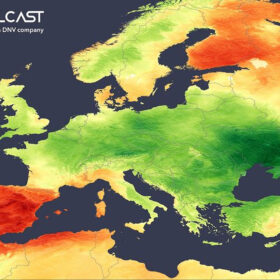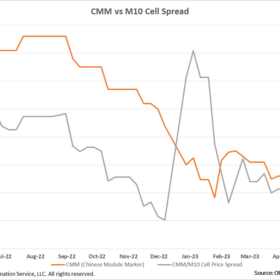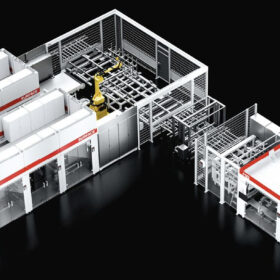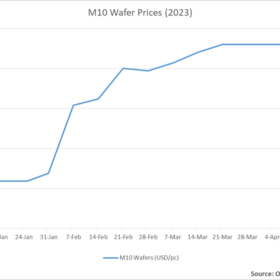Avoiding PV buyer’s remorse
New entrants to solar equipment procurement may be surprised to encounter constantly amended contract terms, index-linked price rises, and near-worthless defect warranties, but they reflect recent supply chain troubles. Clean Energy Associates’ Martin Deak offers a buyers guide.
Tools to monitor PV hybrid system performance
Owners and operators of PV hybrid systems need to monitor and control system operation and performance, which generally involves the collection of big data sets. Data visualization techniques can simplify the monitoring and allow issues to be quickly recognized, says IEA-PVPS.
Indonesia’s race to net zero
Coal-dependent Indonesia has huge solar potential but progress toward a net zero economy has been sluggish, explain Daniel Kurniawan and Fabby Tumiwa from the Institute for Essential Services Reform (IESR), an Indonesian thinktank.
The PV scientific community’s rush to the latest efficiency record
Perovskite-silicon tandem technology expert Gianluca Coletti explains what cycles the PV industry and scientific community experience every time there are new jumps in power conversion efficiencies at cell level. According to him, we are experiencing a much faster turnover of efficiency records typical of the early stage of development of a new technology holding an incredible potential.
United Arab Emirates’ solar market
The UAE is expected to generate 25% of its electricity from solar energy and have a total installed solar capacity of 44 GW by 2050. The Middle East Solar Industry Association (MESIA) describes the challenges the country has to address to make this target achievable.
Low pressure impacted Europe PV production in April
In a new weekly update for pv magazine, Solcast, a DNV company, presents the solar irradiance data it collected for Europe in April. These data show that Spain benefitted from solar irradiance 20% to 30% above average during the last month, while in the rest of Europe irradiance was below average.
Solar module prices remain at 13-week low, spread against M10 cell narrows from January high
In a new weekly update for pv magazine, OPIS, a Dow Jones company, provides a quick look at the main price trends in the global PV industry.
Euro solar is Surfacing
M10 Solar Equipment, a German joint venture, may have shown Europe’s solar manufacturers how to scale their gigafactories by using Siemens’ plant simulation software to ramp up production of its innovative shingled-matrix solar cell production equipment, explains Tobias Wachtmann, director of global glass and solar for Siemens.
Indian PV market must invest in quality infrastructure
In its latest monthly column for pv magazine, the International Renewable Energy Agency shares a series of recommendations gathered from sector experts to help India reach its ambitious solar targets. According to its experts, Quality Infrastructure (QI) will be crucial for the country’s PV market in the years to come. QI is an interdependent ecosystem of the different elements (accreditation, certification, standards, testing, metrology, inspection & monitoring) working together in harmony, and all associated services should be developed in unity and not in a piecemeal fashion. A sound and internationally harmonized QI not only ensures that PV products and services deliver as expected by customers and national energy authorities, but also enables more efficient and competitive markets based on a global economy on scale.
M10 wafer prices break 2-month hold slipping 0.6%
In a new weekly update for pv magazine, OPIS, a Dow Jones company, provides a quick look at the main price trends in the global PV industry.
